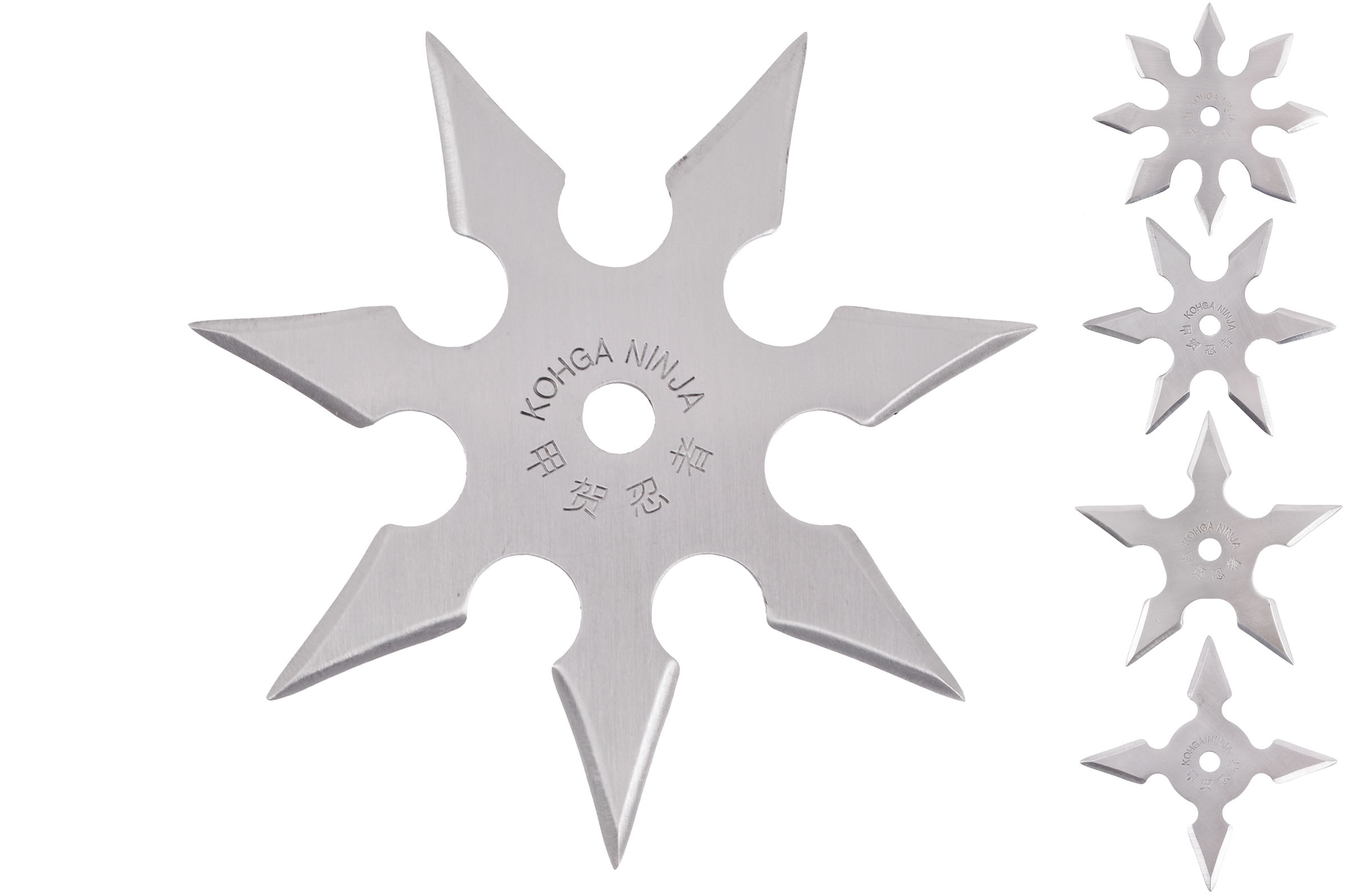The 4-Minute Rule for Ninja Throwing Star (Various designers) - MoMA


SVG > japanese weapon ninja star - Free SVG Image & Icon- SVG Silh
Some Known Questions About Ninja Star Curve 6.5 - Affordable Grooming Shears.
This is partly because shurikenjutsu was a secret art and also due to the fact that throughout early Japanese history there were lots of independent exponents of the skill of tossing long, thin items. The earliest-known referral to a school mentor shurikenjutsu is to Ganritsu Ryu, active during the 17th century.

Shinobi Ninja Star Triple Fireball 8 Point Double Curving Edges - Edge Import
Enduring examples of blades utilized by this school appear to integrate an arrow's shape with that of a needle generally used in Japanese leatherwork and armor manufacture. There are Extremely-Sharp Ninja Gear out in composed records [] such as the Osaka Gunki (, the military records of Osaka) of the basic knife and short sword being thrown in battle.
Hira shuriken/shaken [edit] Hira-shuriken generally look like the popular conception of shuriken. They are built from thin, flat plates of metal derived from a range of sources consisting of hishi-gane (coins), kugi-nuki (woodworking tools), spools, and senban (nail removers). They often have a hole in the center and possess a fairly thin blade honed mainly at the tip.
A-1 Ninja Star keeping it real and stealthy - Montgomery Can Be Fun For Everyone

This proved hassle-free for the shuriken user as the weapons could be strung on a string or dowel in the belt for transport, and the hole also had aerodynamic and weighting effects that assisted the flight of the blade. There are a broad range of types of hira-shuriken, and they are now generally determined by the variety of points the blades possess.
Shuriken targets were primarily the more unveiled parts of the body: the eyes, face, hands, or feet. The shuriken would sometimes be thrown in a way that slashed the opponent in a glancing blow and travelled on, becoming lost, leaving him puzzled about the reason for the injury. [] Shuriken, specifically hira-shuriken, were also used in unique waysthey might be embedded in the ground, injuring those who stepped on them (similar to a caltrop), covered in fuse to be lit and tossed to cause fire, or wrapped in a cloth taken in toxin and lit to cover a location with a cloud of dangerous smoke.
Shuriken are basic weapons, however their historical worth has actually increased. Unlike the cherished katana and other bladed weapons, antique shuriken are not frequently well maintained, mainly due to their expendable nature. Modern shuriken are frequently made from stainless steel and are commercially offered in many knife stores in Europe and North America, or through the Internet.
